
After my tasting notes, I list the closure type used. Personally, I am much more likely to buy a wine and buy it in some quantity if I know that I don’t have to worry about cork taint. (Read everything you ever wanted to know about cork taint.) I also prefer the consistency that alternative closures bring. However, I also understand that some prefer natural cork.
Here I define the alternative closure listings you will see after my tasting notes. There are other closure types used in the industry, but not ones that I have come across in the Pacific Northwest in recent years.
All wines that do not have an alternative closure type listed should be assumed to be closed with natural cork. Note that I do not currently differentiate natural corks that use some type of process (human evaluators, GCMS, etc.) to screen for cork taint. In my experience, these processes reduce TCA contamination but do not eliminate it, and wineries pay a hefty price for the pleasure.
At present, these closure types are being identified by visual inspection rather than self-identification by the winery on a submission form. Note that all wines are tasted blind, and closure type has no reflection whatsoever on score.
Read about the sustainability and recylability of wine closures.
Wineries, if you see an error in the listing of closure type for your wine, please contact me, and I will correct it.
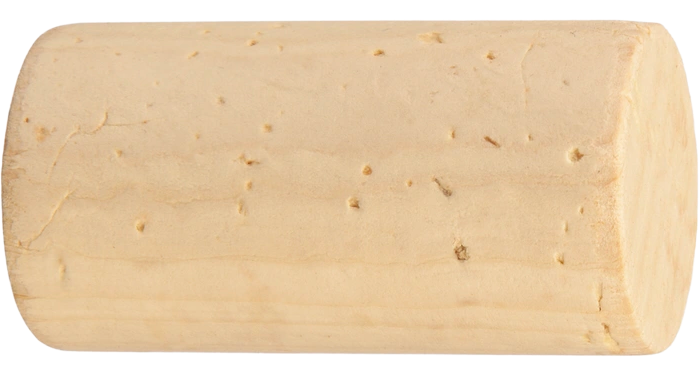
Natural cork: Made from whole-punched tree bark.
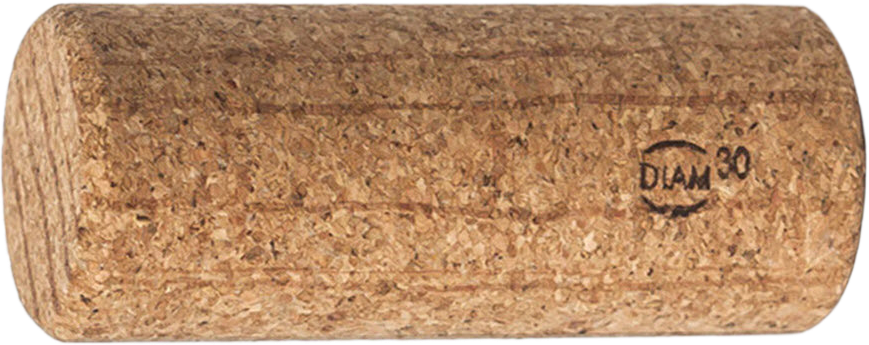
TCA-free micro-agglomerated cork: Composite closures made from natural cork granules held together by a binder. The granules undergo a process to remove TCA and other contaminants. The most prominent producer is DIAM.
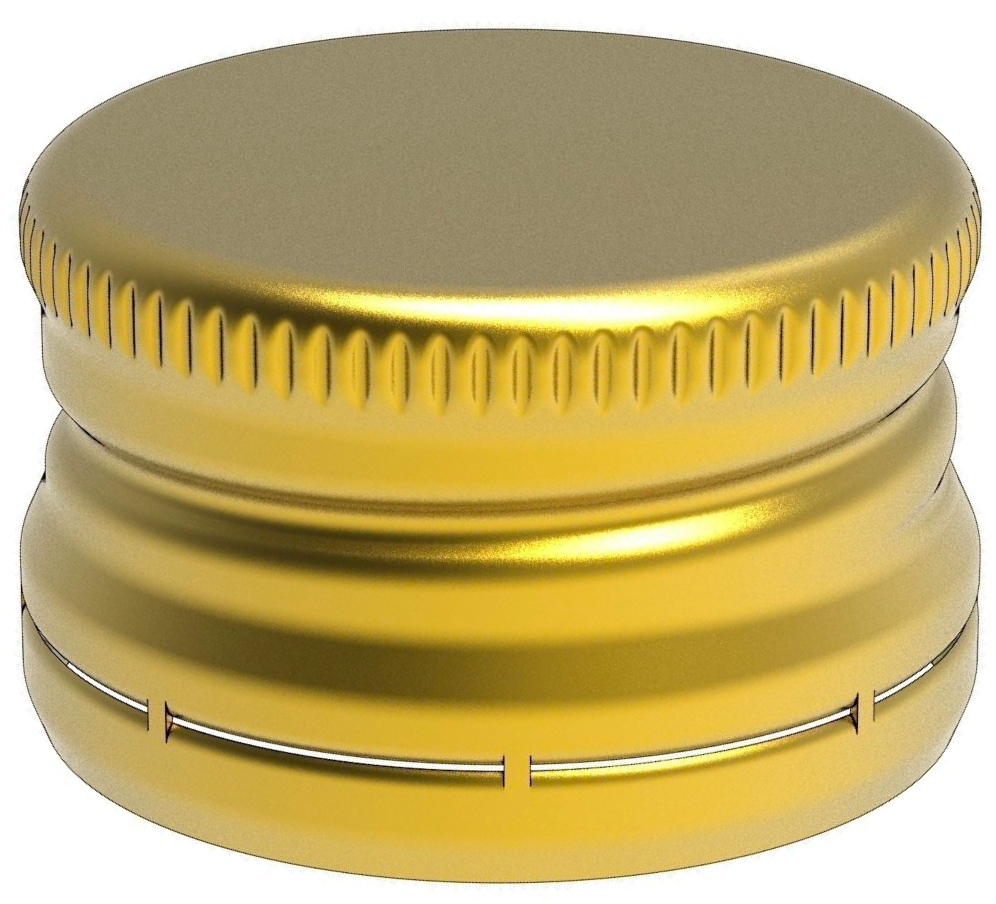
Screwcap: These are twist-off closures that have been in use in the industry for decades.
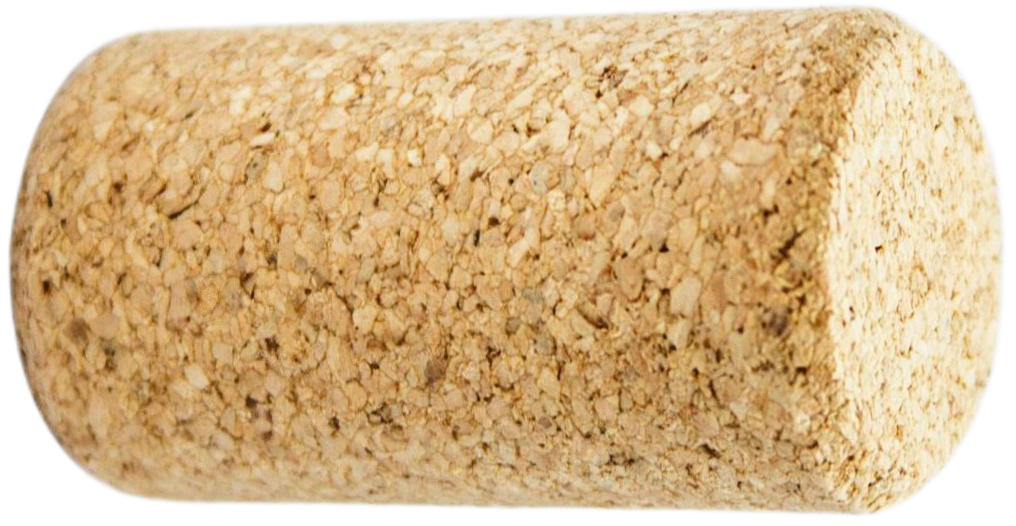
Micro-agglomerated cork: Composite closures made from natural cork granules held together by a binder. However, they are not explicitly guaranteed to be TCA-free. That said, the last TCA-tainted wine I had with this closure type was in 2018.
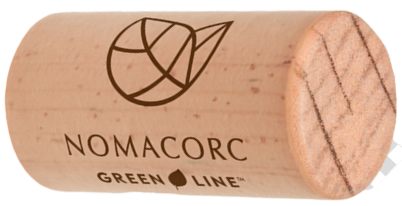
Synthetic cork: These are closures made from sugar cane or other materials. An example of this type of closure is Nomacorc. Note that these closures will either have the winery’s branding or no branding, rather than the branding shown in the image here.
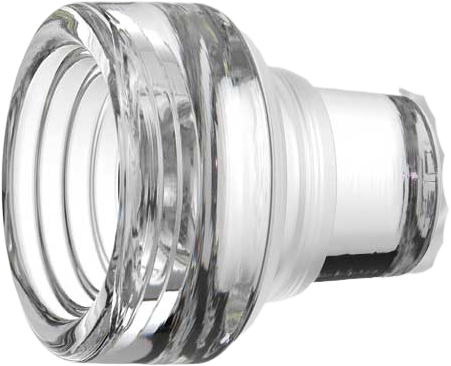
Glass stopper: Here the closure is made from glass. An example of this is Vinolok. These are rarely used in the Pacific Northwest at present.
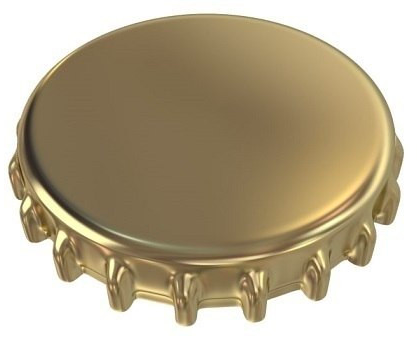
Crown Cap: These closures are currently used very rarely in the Northwest, almost exclusively for sparkling wine.



